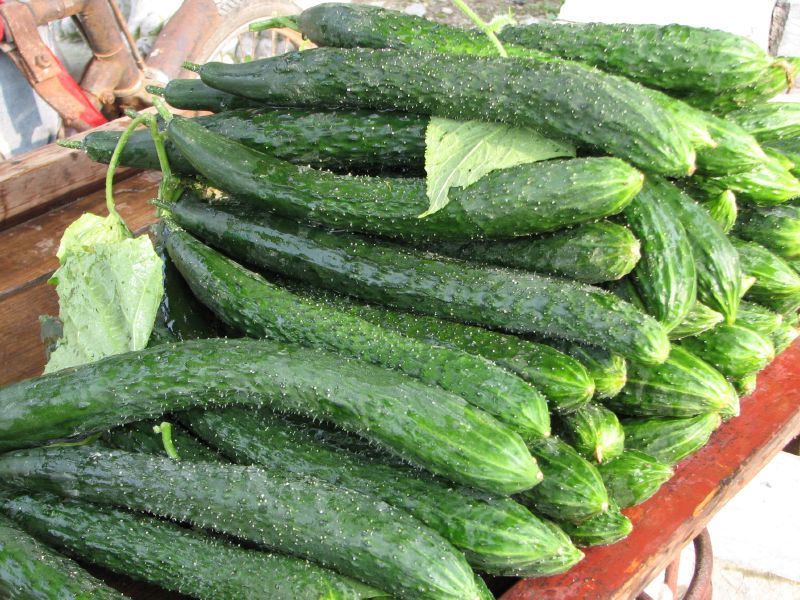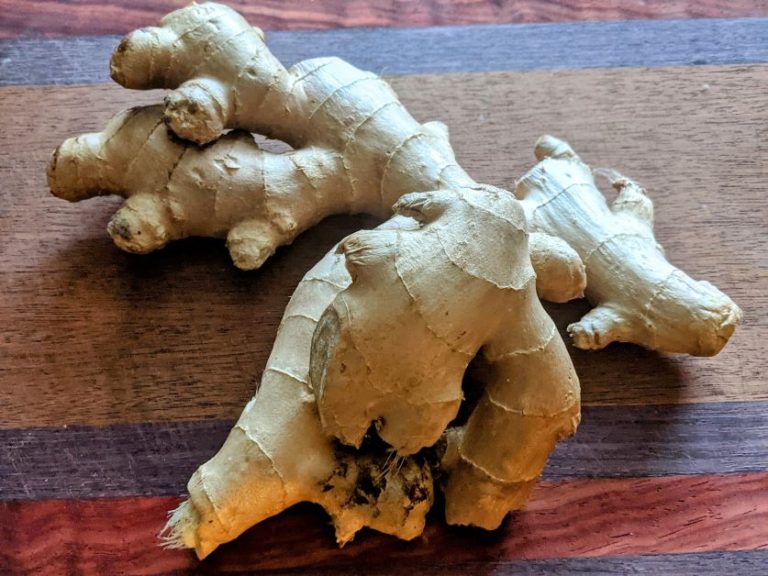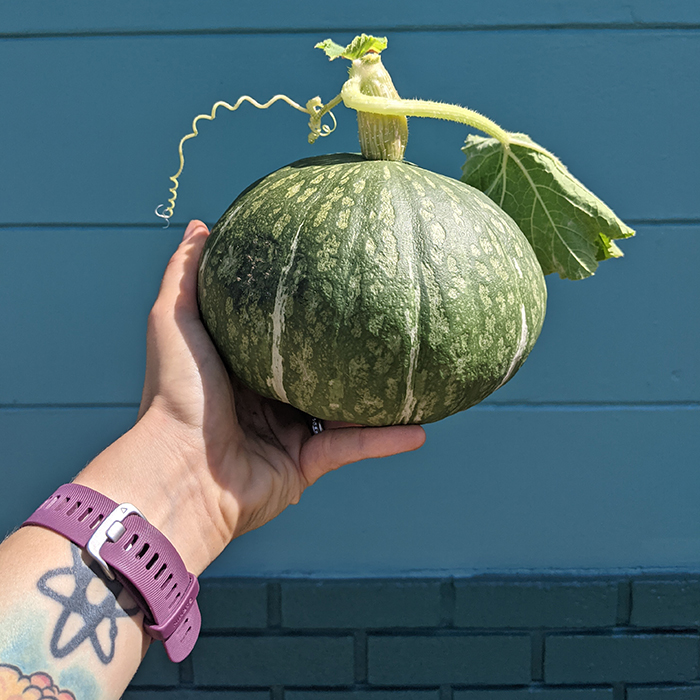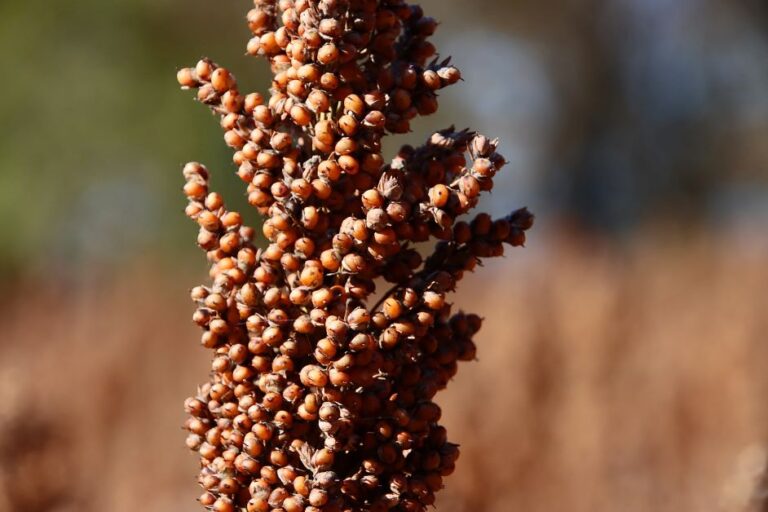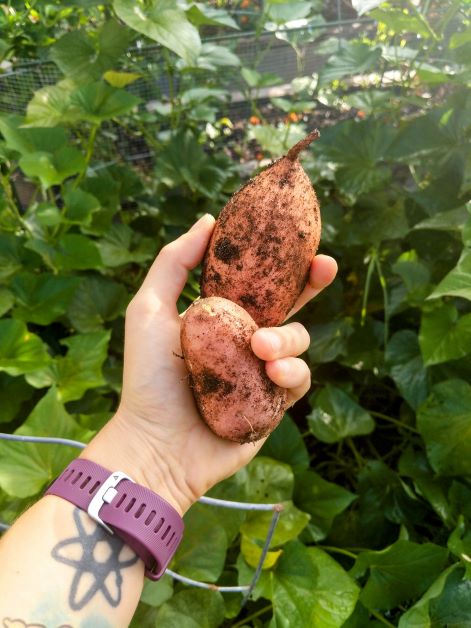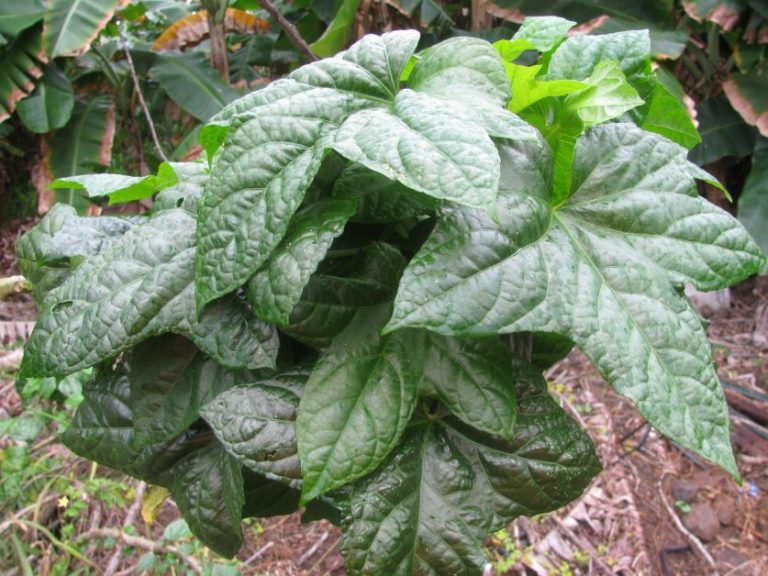How to Grow Suyo Long Cucumber
One of the secrets to growing food in Florida is to swap out traditional vegetables with varieties that are grown in other tropical regions around the world. This is how I found the Suyo long cucumber which, in my opinion, is the best cucumber variety for Florida.
Suyo long is a heat-tolerant cucumber variety that’s native to China. For this reason, it’s also known as the Chinese cucumber. One of the Suyo long cucumber’s many unique features is that it’s parthenocarpic. Parthenocarpic vegetables don’t need to be pollinated to produce fruit. If you want to grow cucumbers in a greenhouse where there are no bugs, then Suyo long is a great choice for you.
As a vining type cucumber, Suyo long plants grow to be 41-60 inches long and produce fruit up to 18 inches long. The cucumbers are covered in black spines, but these are easily brushed off with a quick rinse. Like lemon cucumbers, Suyo long cucumbers are low in cucurbitacin, making them burpless and less bitter than other varieties.
When to Plant Cucumbers in Florida
[table id=23 /]
How to Plant Suyo Long Cucumber
You can plant Suyo long cucumbers as a transplant or by direct sowing. If you do grow them as transplants, make sure that you move them not long after they’ve grown 2 or 3 true leaves. As a Cucurbit, cucumbers don’t take well to transplanting once they reach a certain stage of maturity.
How to Plant Suyo Long Cucumber by Direct Sowing:
- Prepare your planting site by amending your soil and placing your trellis.
- Following the spacing guidelines found in the “Suyo Long Growing Conditions” section, plant your suyo cucumber seeds ½ inch deep. Your seeds should germinate in 7 to 14 days.
- Water them in and keep the soil moist but not soggy.
- After your seeds have germinated and grown 2 or 3 true leaves, place a 2 to 3-inch layer of mulch around your plant to keep out weeds and lock in soil moisture. Keep 1 inch of space between your mulch and your plant to stop your plant from getting waterlogged.
How to Plant Suyo Long Cucumbers by Transplanting:
- Fill a seed-starter tray with high-quality potting mix.
- Plant your Suyo long cucumber seeds about ½ inch deep. Plant more seeds than you think because not all will germinate.
- Water your tray and keep the soil moist but not soggy.
- Keep your tray in a sunny location that’s at least 75F.
- Your seeds should germinate in 7 to 14 days.
- After your seedling has grown 2 or 3 true leaves, carefully transplant it to your prepared planting site.
- After your seedling is transplanted, water it in and keep the soil moist but not soggy.
- Mulch your plants once they’ve grown 2 or 3 true leaves.
Suyo Long Cucumber Growing Conditions

Temperature
The ideal growing temperature for Suyo long is 70F to 90F.
Humidity
When cucumbers struggle in Florida, it’s usually due to our high humidity rather than our heat. Although there are 2 cucumber growing seasons in Florida (spring and fall), I usually have better luck in fall since the humidity is lower during this time of year.
Light
Suyo long cucumbers are full sun and need at least 6 hours of light a day. If you’re growing cucumbers in a spot that gets an extreme amount of strong sunlight, they can benefit from some dappled shade.
Water
Cucumbers need a moderate amount of water, so keep their soil moist but not soggy. Give your cucumbers at least 1 inch of water a week, more if it’s especially hot. If your Suyo long cucumbers are bitter, then you are probably not giving them enough water.
One of the most important things to remember when watering your cucumbers is to keep as much water off the leaves as you can. Soaking your cucumber leaves will cause your plant to contract powdery mildew. Also, water your cucumbers in the morning instead of at night. Watering your garden at night will make your garden soggy and a soggy garden is a target for slugs, fungus gnats, and disease.
Soil
Cucumbers prefer fertile, well-draining soil that contains plenty of organic matter. 2 weeks before planting, amend your soil with oak leaf compost or aged manure.
The ideal soil pH range for cucumbers is 6.0 to 6.5.
Spacing
Keep your Suyo long cucumber plants 18 to 36 inches apart.
Fertilizer
Too much nitrogen will cause your cucumber plant to grow more foliage but less fruit. When your plant is established (after it’s grown 4 or 5 true leaves), feed your cucumber plants organic 4-4-4 vegetable fertilizer once every 10-14 days. Once your plant starts flowering and setting fruit, stop feeding because too much fertilizer for too long can also force your plant to slow the production of fruit and instead focus its efforts on growing more leaves.
Pruning
Unfortunately, fungal disease like powdery mildew is inevitable when growing cucumbers in Florida. The best we can do is to harvest as many cucumbers as we can before the plant succumbs to the disease. As your plant matures, remove heavily infected leaves to slow down this process.
Pruning excess foliage will also improve airflow, and improved airflow will help keep your plant healthy.
Harvesting
It takes 60 days for Suyo long cucumbers to go from seed to harvest.
How to Grow Cucumber on a Trellis
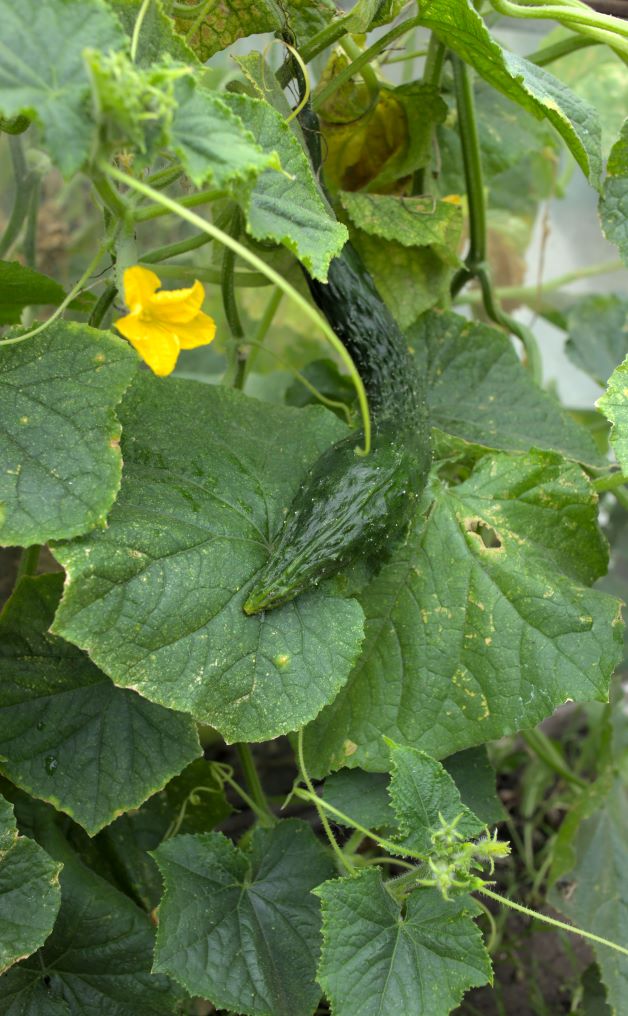
Suyo long cucumbers are a vining variety, so they’ll need a trellis to grow up. You can build your own DIY garden fence using our easy-to-follow tutorial, or you can use a pre-built cucumber trellis.
When growing cucumbers on a trellis, just be sure to place the trellis close to the cucumber plants rather than transplanting your cucumber plants to your trellis. Cucumbers have a sensitive root system and will oftentimes die if you try to transplant them when they’re too old.
Can You Grow Suyo Long Cucumber in a Container?
Yes! Suyo long cucumbers grow great in containers as long you give them a structure to crawl up. Plant your Suyo cucumber in a 1-gallon container and put the container next to a trellis.
One important thing to note when growing cucumbers in containers is that it’s easy to water them incorrectly – containers tend to dry out quicker than the ground but it’s also easier to over-water them, too. Always do the touch test before watering: stick your finger into the soil and if it’s dry up to your 2nd knuckle, give your plant some water.
Troubleshooting
Suyo Long Cucumber Pests
Pickle Worms
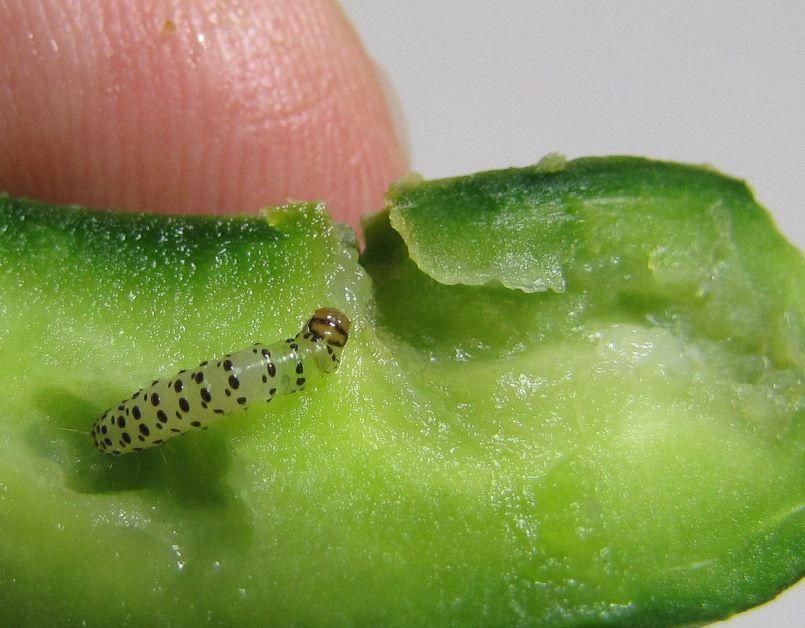
Looks like: small green worms that use webbing to create pockets in leaves
Damage: eats holes through your cucumbers, making them inedible; chews holes through the foliage
Treatment: scout and pick off by hand; bT Monterey if the infestation is bad
Aphids
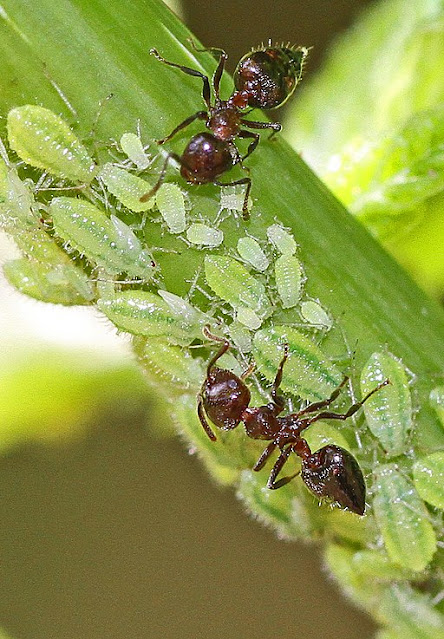
Looks like: small insects that hide under leaves; usually accompanied by ants
Damage: pierces holes in leaves and stems to suck out nutrients
Treatment: spray the aphids with a quick blast of water; treat for ants
Cucumber Beetles
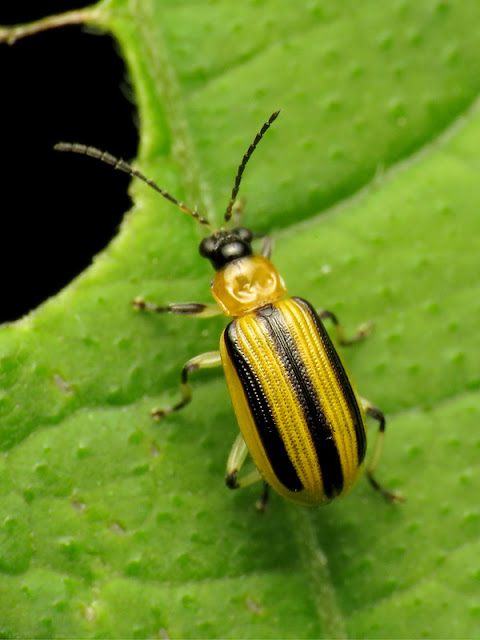
Looks like: yellow beetles with black stripes or black polka dots
Damage: chews through foliage and fruit
Treatment: cucumber beetle traps; beneficial nematodes; crop rotation; soaking soil in spinosad to kill larvae
Squash Bugs
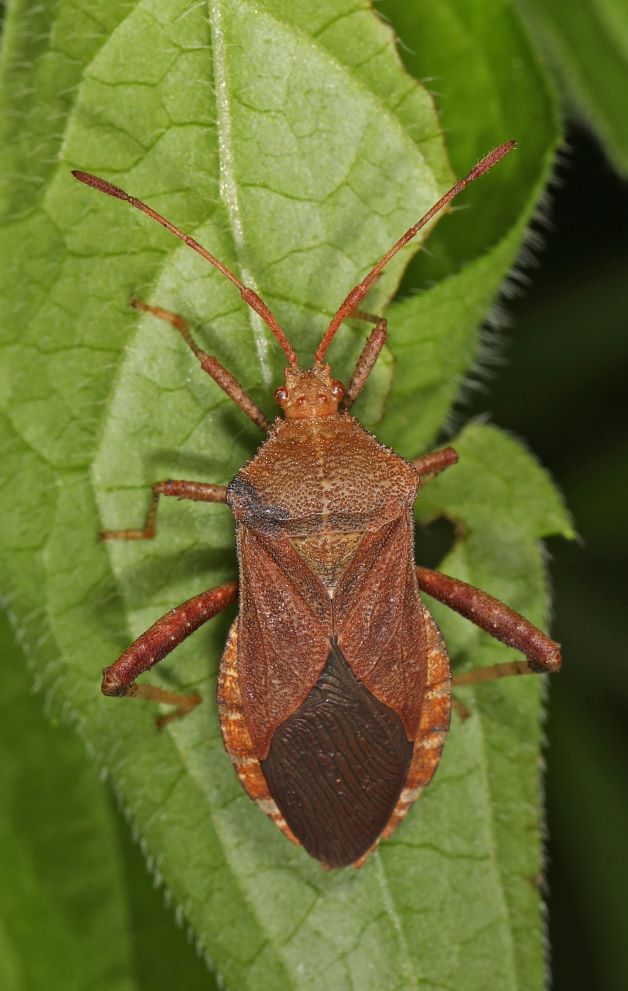
Looks like: brownish-grey and oval-shaped; long antennae
Damage: pierces holes in leaves and stems to suck out nutrients; spreads disease
Treatment: squash bugs are resistant to most pesticides so pick them off by hand
Vine Borers
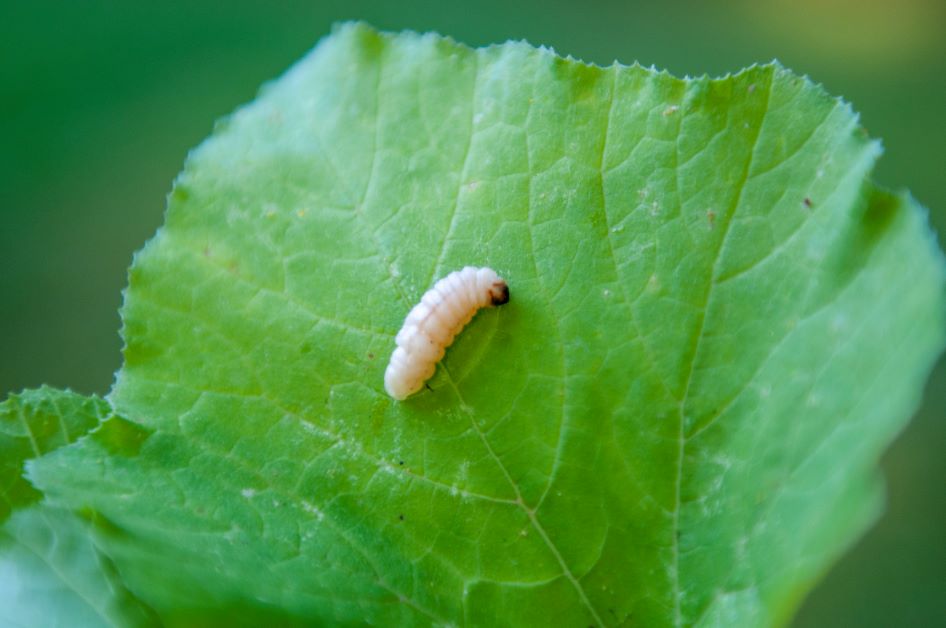
Looks like: brown oval-shaped eggs at the base of your plant; maggot-like larvae; sawdust material in your garden bed
Damage: larvae bore holes through your vine and lay eggs; plant death
Treatment: once a vine borer gets in, there’s usually nothing you can do; wrap the base of your vines in tin foil to stop borers from getting inside
Suyo Long Cucumber Diseases
Powdery Mildew

Looks like: white patches of white, dusty mold on leaves and stems; entire leaves look like they’re covered in white dust in extreme cases
Damage: flowers will fall off; underdeveloped fruit; generally unhealthy plants; plant death
Treatment: prevent by keeping leaves dry and spraying organic copper fungicide early in the season; remove infected foliage; remove debris from garden beds; make sure plant gets enough sun and airflow
Downy Mildew
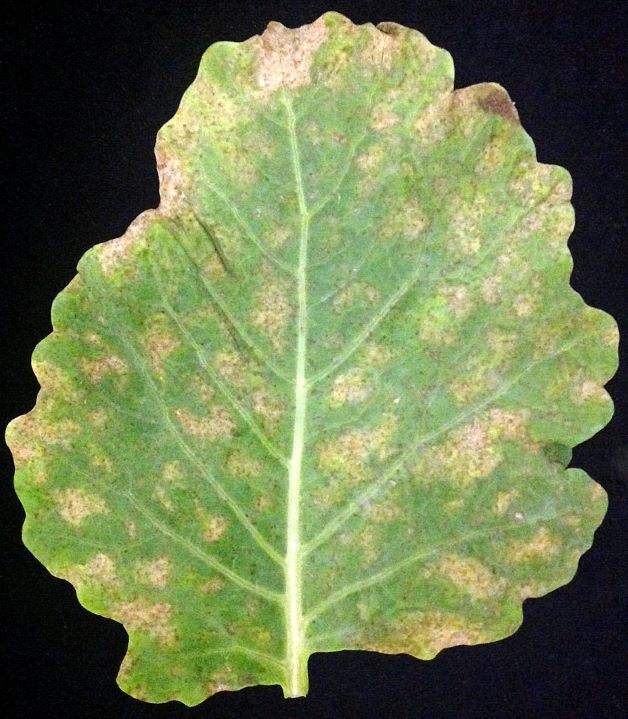
Looks like: brown patches on leaves; leaves may turn crispy and fall off; patches of blue-ish white mold under leaves
Damage: flowers will fall off; underdeveloped fruit; generally unhealthy plants; plant death
Treatment: prevent by keeping leaves dry and spraying organic copper fungicide early in the season; remove infected foliage; remove debris from garden beds; make sure plant gets enough sun and airflow
Featured image photo credit: TLVshac

